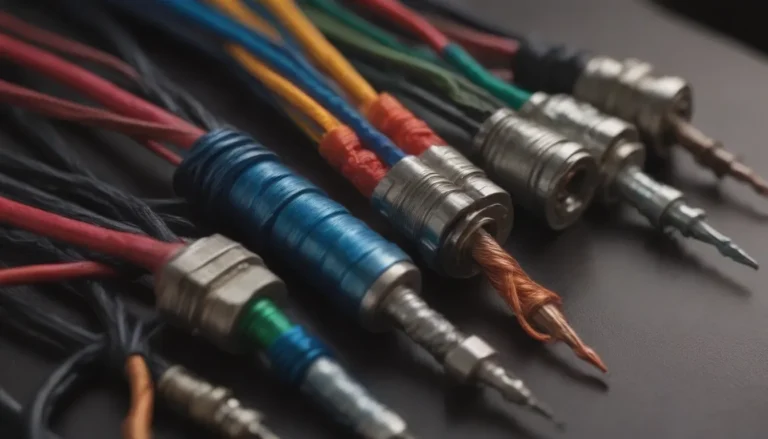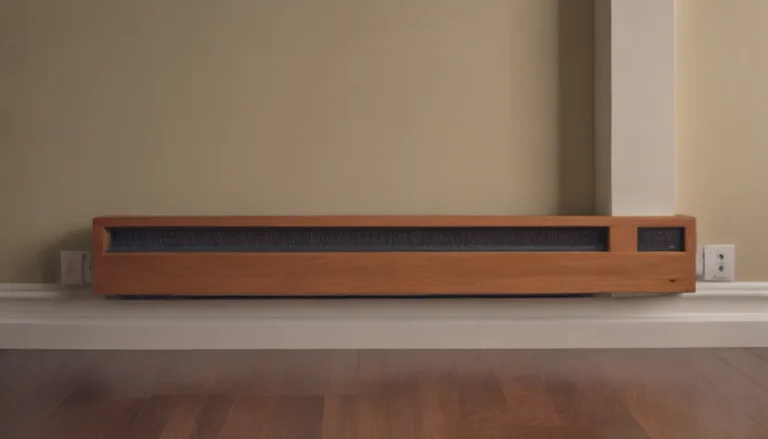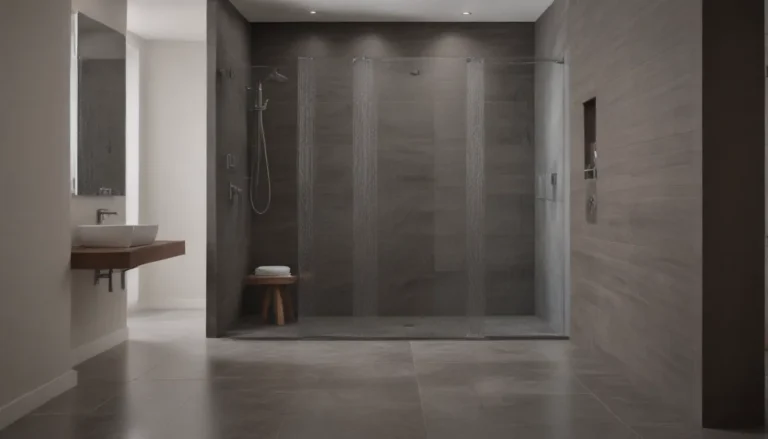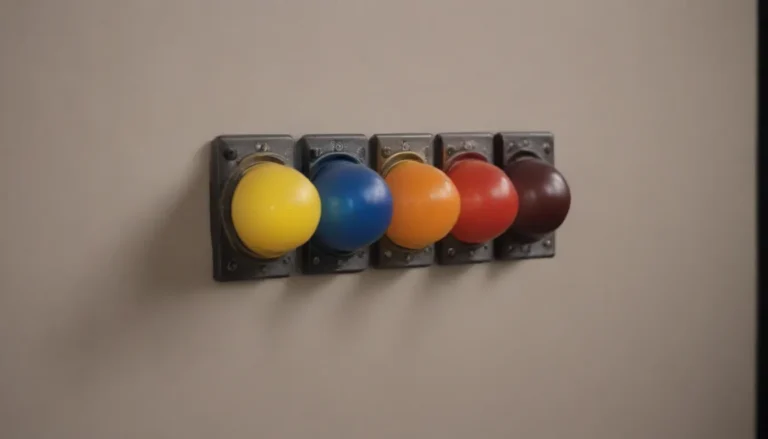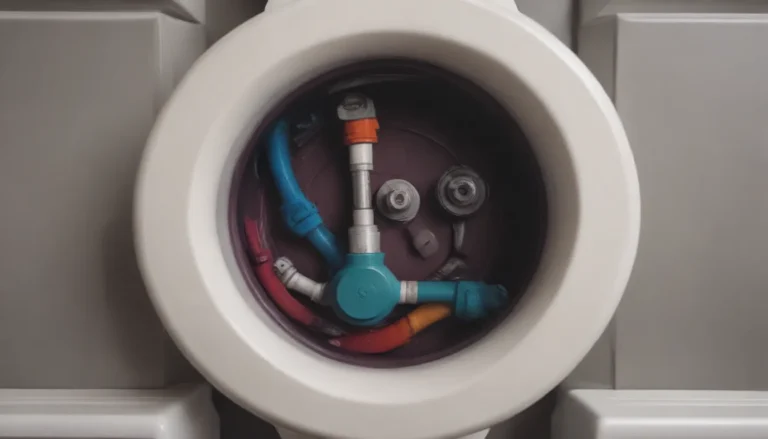Replacing Carpet with Hardwood: A Comprehensive Guide to Transform Your Home
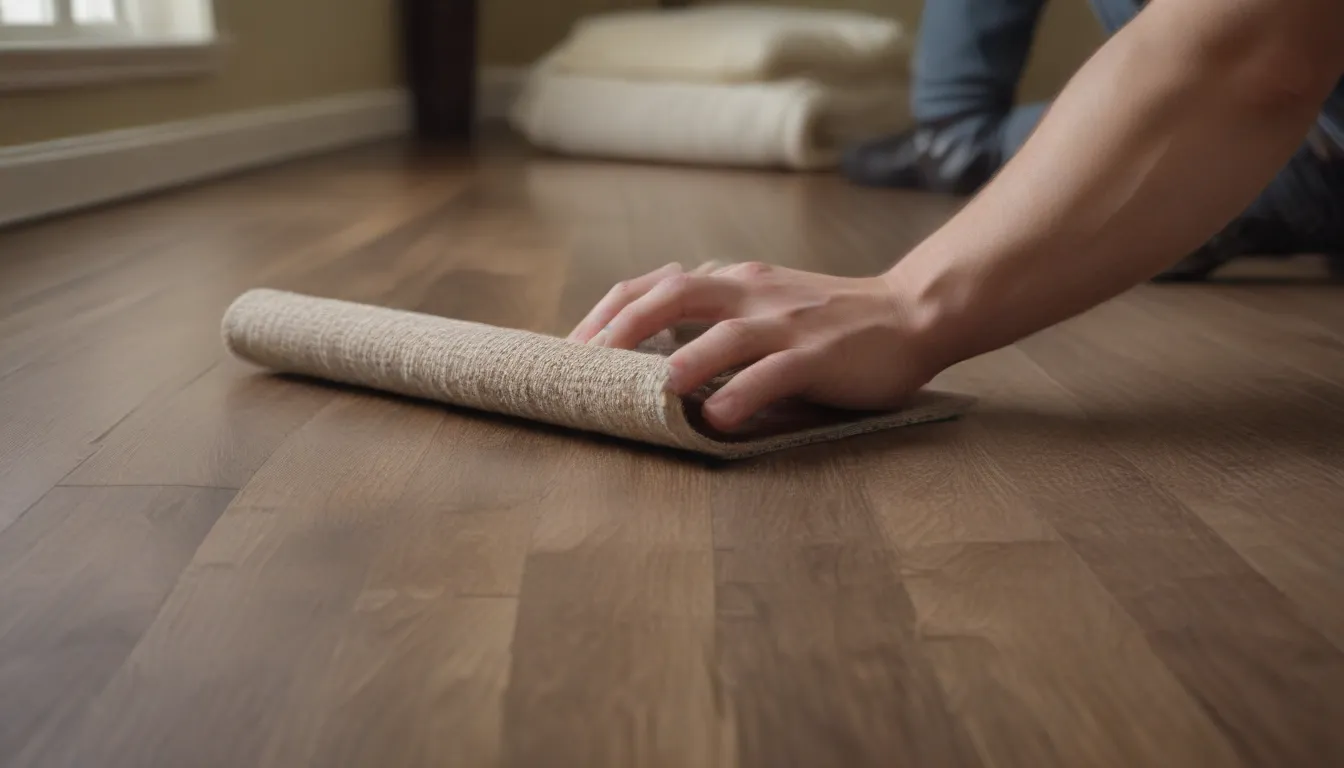
Are you considering replacing the old worn-out carpet in your home with luxurious hardwood flooring? If so, you’re in the right place! Making the switch from carpet to hardwood can truly transform the appearance of your home, improve cleanliness and maintenance, and even increase your home’s resale value. In this in-depth guide, we’ll explore everything you need to know about replacing carpet with hardwood, from the benefits to the costs and the installation process. Let’s dive in and discover if hardwood flooring is the right choice for you and your home.
5 Compelling Reasons to Replace Carpet With Hardwood
1. Upgrade Home’s Appearance
Hardwood flooring exudes elegance and sophistication, instantly elevating the aesthetic appeal of any room. Unlike carpet, hardwood has a timeless beauty that complements a wide range of interior design styles, making it a versatile choice for any home.
2. Improve Cleaning and Maintenance
While carpet can be cleaned with regular vacuuming and occasional deep-cleaning, hardwood flooring is easier to maintain and clean. Sweeping and dry-mopping are all it takes to keep your hardwood floors looking pristine. Plus, hardwood doesn’t trap dust and allergens like carpet fibers do, making it a healthier choice for allergy sufferers.
Tip: Well-sealed hardwood flooring can be lightly damp-mopped, but avoid using steam cleaners, as excessive moisture can damage the wood.
3. Increase Floor’s Lifespan
Unlike carpet, which typically lasts around 15 years with proper maintenance, hardwood flooring can last up to 50 years or even longer with proper care. This longevity means that investing in hardwood flooring can save you money in the long run, as you won’t need to replace it as frequently as carpet.
4. Ease of Maintenance
When hardwood flooring shows signs of wear and tear, it can be sanded, refinished, and restored to its original beauty. Carpet, on the other hand, can only be patched and fluffed up temporarily, as the wear on carpet is irreversible. Hardwood flooring offers a long-lasting solution that can be rejuvenated over time.
5. Improve Home’s Resale Value
Hardwood flooring is a highly desirable feature for potential homebuyers, with many considering it a must-have when shopping for a new home. Investing in hardwood flooring can significantly increase your home’s resale value and make it more attractive to buyers.
Tip: Before replacing carpet with hardwood, check if the carpet was installed to conceal underlying floor issues by peeling back a corner of the carpet. This simple test can reveal any hidden problems that need to be addressed.
The Cost of Replacing Carpet With Hardwood
When it comes to replacing carpet with hardwood, there are three main costs to consider: carpet removal, carpet disposal, and hardwood flooring installation. Each of these components contributes to the overall cost of the project, so it’s essential to budget accordingly.
- Carpet removal:
- Carpet disposal:
- Hardwood flooring installation:
Pros and Cons of Replacing Carpet With Hardwood
Pros:
– Improved appearance
– Increased resale value
– Easier to deep-clean
– Longer lifespan
Cons:
– Expensive
– Loss of soundproofing
– Cold underfoot
5 Reasons to Keep Carpet in Place
While hardwood flooring offers numerous benefits, there are situations where keeping carpet in place may be a better choice. Here are five reasons why you might opt to retain carpet instead of transitioning to hardwood flooring.
1. Soundproofing
Carpet and padding provide excellent soundproofing properties, reducing noise between floors and creating a quieter indoor environment. In areas where noise reduction is essential, carpet may be the preferred flooring option.
2. Surface Feel
Carpet’s soft, warm texture makes it a cozy choice for bedrooms and children’s rooms. In spaces where comfort is paramount, such as dry basements, carpet can create a welcoming and comfortable atmosphere. Hardwood flooring can be paired with area rugs for added comfort.
3. Cost
Replacing carpet with hardwood can be significantly more expensive than installing new carpet or other types of flooring. If budget constraints are a concern, sticking with carpet may be a more affordable option.
4. Moisture Resistance
In areas prone to moisture issues, such as basements or bathrooms, carpet may be a better choice than hardwood flooring. Carpet can withstand minor flooding and dampness better than hardwood, making it a suitable option for humid environments.
5. Installation Challenges
Installing hardwood flooring requires specific preparations, such as nailing it down to a subfloor. In contrast, carpet can be installed directly on concrete, making it a more forgiving option for challenging subfloor conditions.
Tip: Hardwood flooring should never be installed on top of carpet. To transition from carpet to hardwood, all existing carpet, padding, tack strips, and transitions must be removed.
Where to Install Hardwood Flooring
Hardwood flooring is ideally suited for dry common and private areas of the home, such as living rooms, hallways, offices, dining areas, and bedrooms. While hardwood can be installed in kitchens, moisture-prone areas like bathrooms, saunas, and laundry rooms with moisture issues are not recommended for hardwood flooring.
Tip: Install water-resistant flooring in wet rooms, such as bathrooms and laundry rooms, to prevent damage from moisture.
How to Save When Replacing Carpet With Hardwood
If you’re looking to upgrade your flooring to hardwood while keeping costs manageable, consider the following money-saving tips:
- Undercut door casings and trim to create a seamless transition from carpet to hardwood
- Plan the installation to ensure the floorboards are staggered for a cohesive look
- Carefully remove baseboards to avoid damage
- Nail the flooring down securely while providing an expansion gap around the perimeter
How to Replace Carpet With Hardwood
- Remove the Baseboards: Carefully pry away the wall baseboards using a pry bar and protect the walls by inserting a piece of cardboard between the bar and the wall.
- Start at a Corner: Begin removing the carpet from a corner by peeling back the carpet pile using your hands or a hammer’s claw end.
- Cut Sections Off: Roll back the carpet and cut it into smaller sections to make removal more manageable. Use a utility knife to cut along the back of the carpet.
- Remove Tack Strips: Use a pry bar to lift and remove the tack strips from the subfloor. Remember to wear safety glasses and gloves for protection.
- Scrape Off Adhesive: Use a floor scraper to eliminate any remnants of carpet glue from the subfloor, ensuring a smooth surface for the hardwood to be installed.
- Add Subfloor Substrate (Concrete): For concrete subfloors, add an intervening subfloor substrate like a floating or anchored subfloor to provide a stable base for the hardwood.
- Plan the Installation: Decide on the direction in which you’ll lay the hardwood floorboards and ensure they’re staggered for a visually appealing layout.
- Undercut Casings: Trim the door casings and trim to make space for the hardwood flooring.
- Nail Down Flooring: Securely nail the hardwood flooring to the substrate with a power-assisted nailer, leaving an expansion gap around the edges for the wood to expand and contract.
In conclusion, replacing carpet with hardwood can significantly enhance the appearance, cleanliness, and value of your home. While hardwood flooring offers numerous benefits, there are situations where retaining carpet may be a more practical choice. By carefully considering the pros and cons, assessing your budget, and planning the installation process, you can make an informed decision that best suits your needs and preferences. Whether you choose hardwood or carpet, remember that the flooring in your home plays a crucial role in its overall aesthetic and functionality. Happy renovating!
Sources:
– National Wood Flooring Association
– Consumer Reports
– National Association of Home Builders
– American Hardwood Information Center
– University of Michigan Environment, Health and Safety
